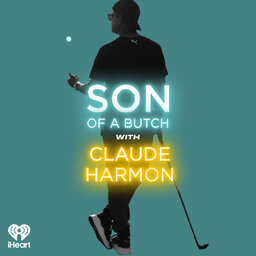How to Improve Contact and the Quality of Your Strike
Claude gives tips and tricks to help golfers improve contact and the overall quality of their strike in the off season.
Tell your friends about the show and be sure to follow Claude to submit questions, enter giveaways and keep up with the latest Son of a Butch updates on Instagram at @ClaudeHarmon3.
The views and opinions expressed by guests interviewed on the Podcast, including all program participants and guests, are solely their own current opinions regarding events and are based on their own perspective and opinion. The views and opinions expressed do not reflect the views or opinions of Claude Harmon, or the companies with which any program participants/interviewees are, or may be, affiliated.
 Son of a Butch with Claude Harmon
Son of a Butch with Claude Harmon


